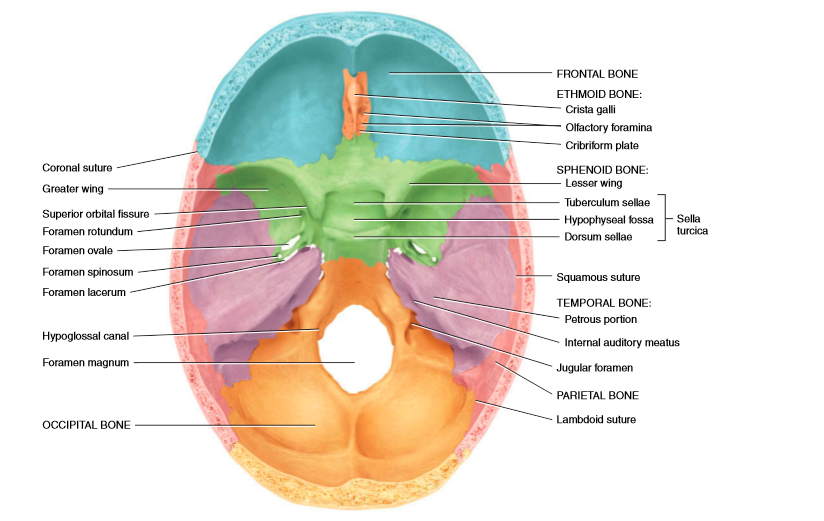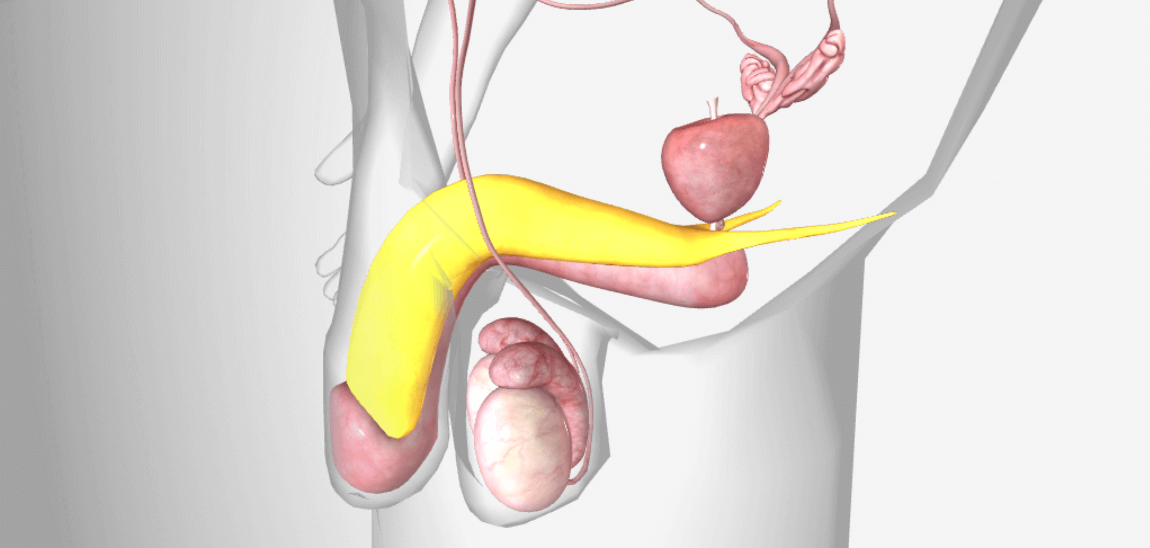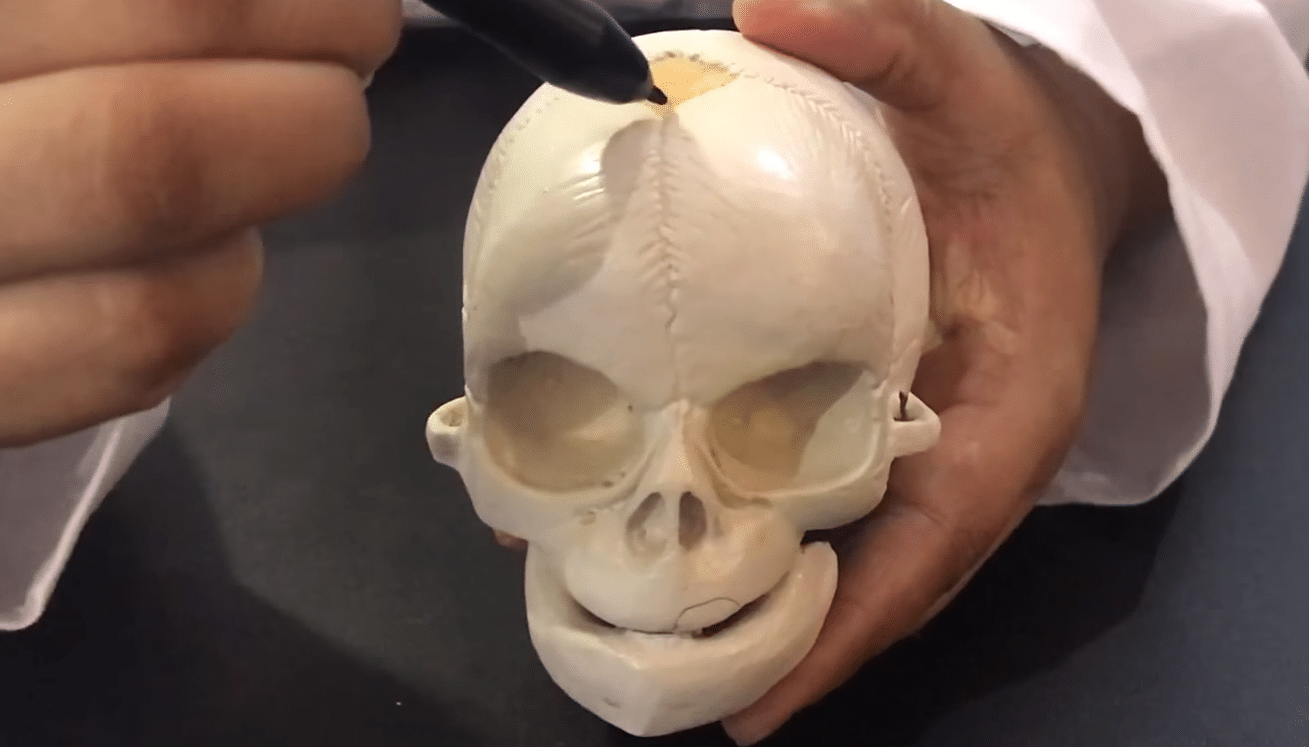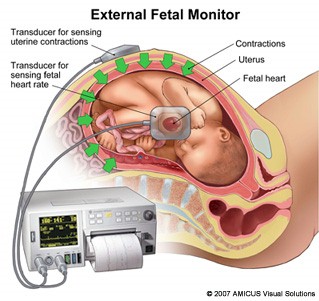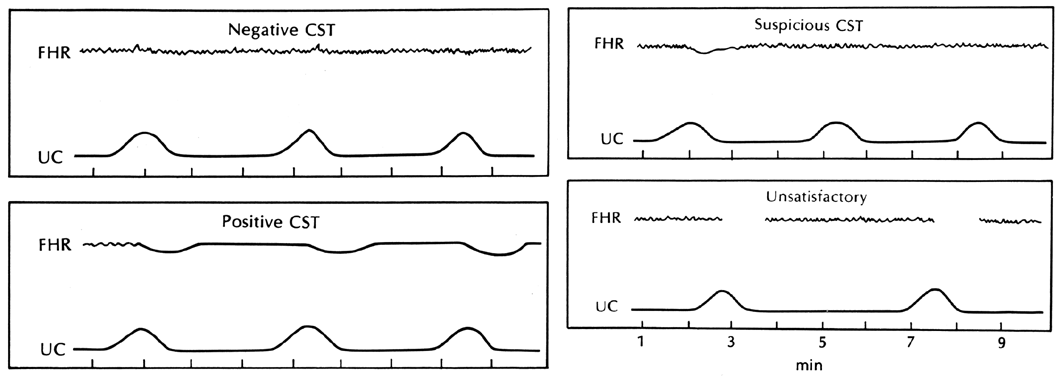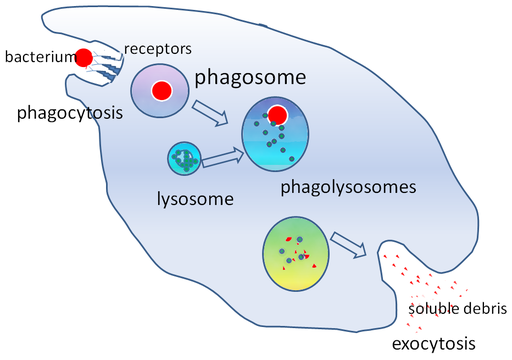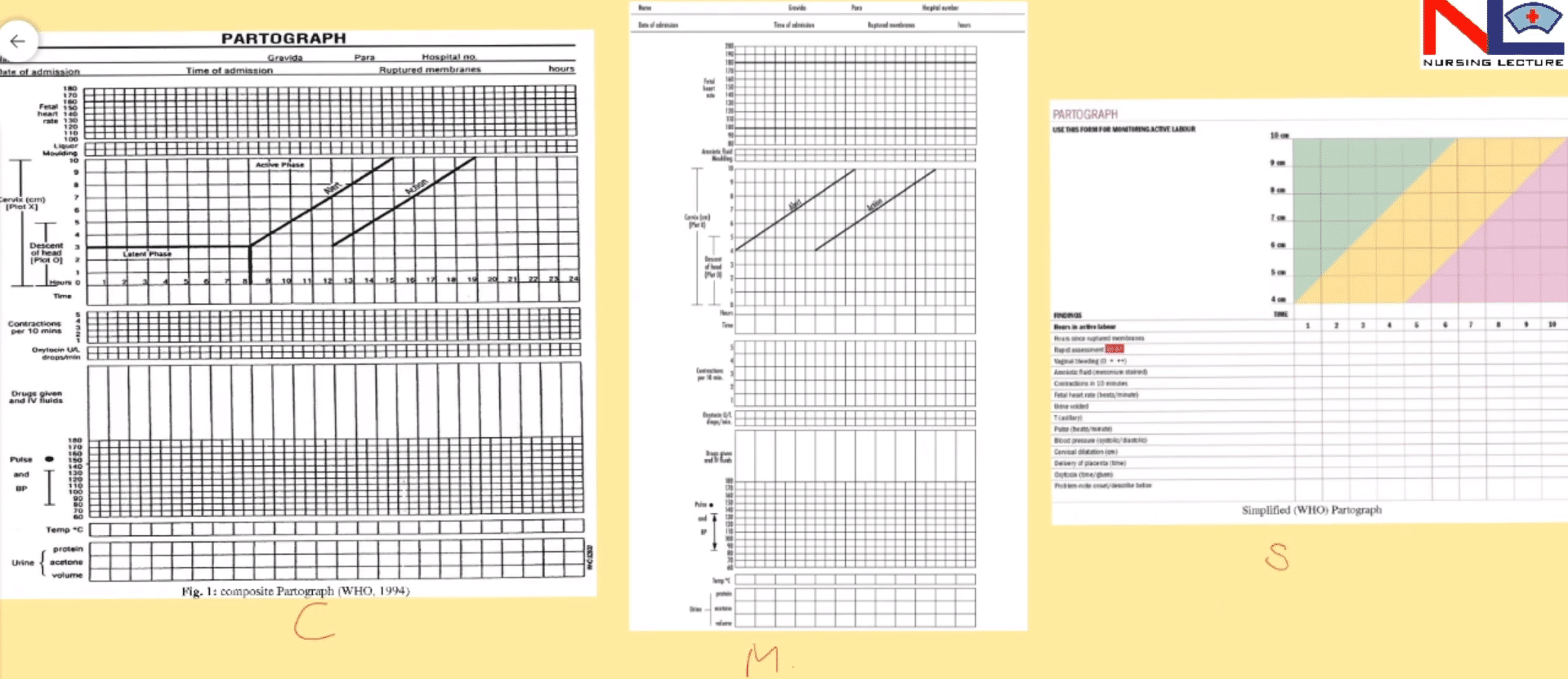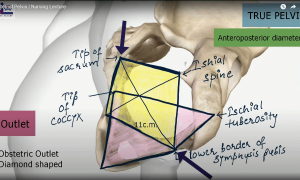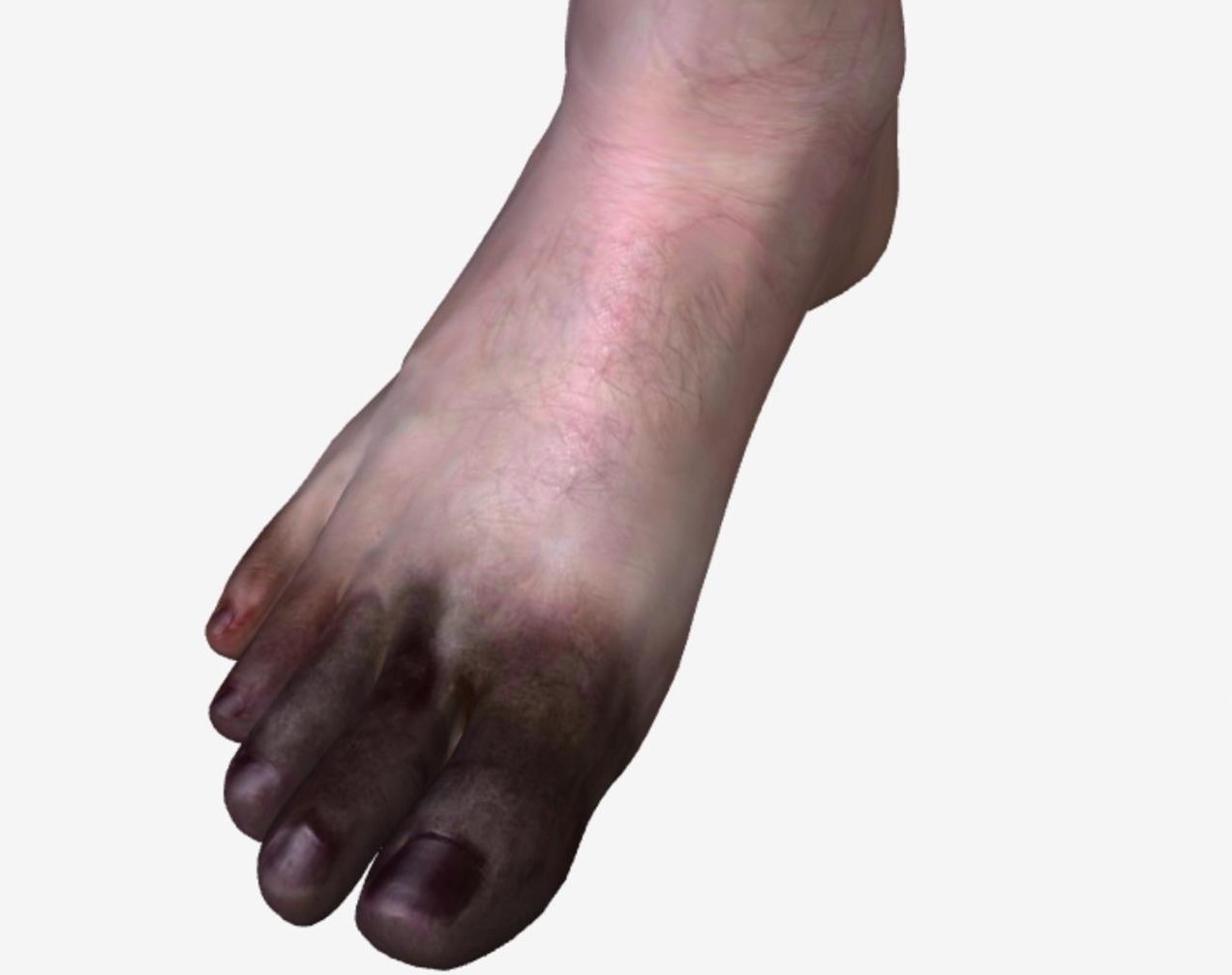Introduction to Endocrine System
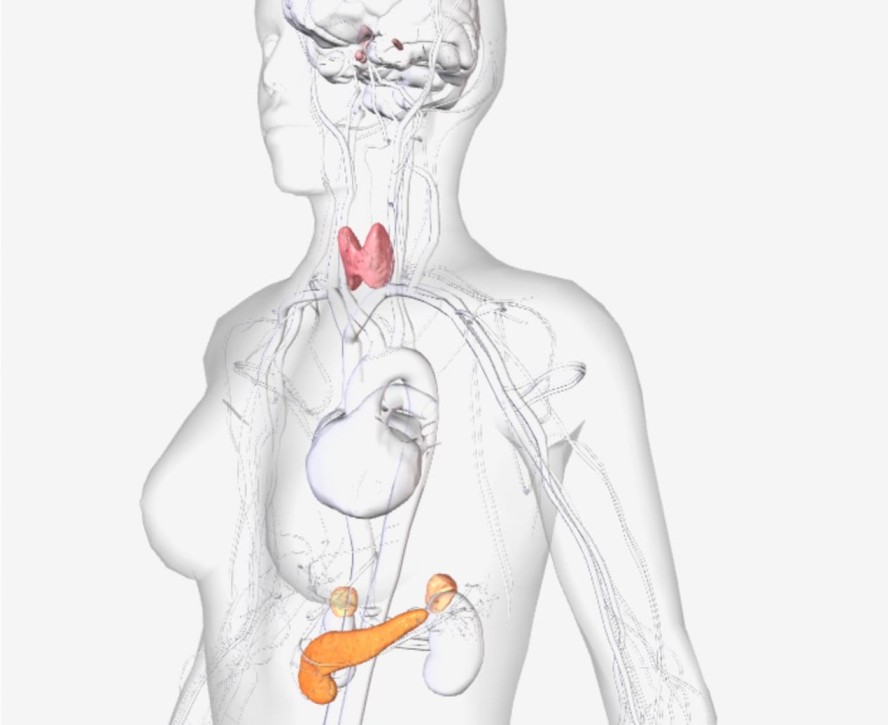
The endocrine system controls body activities by releasing mediators, called hormones. A hormone is a mediator molecule that is released in one part of the body but regulates the activity of cells in other parts of the body. Most hormones enter interstitial fluid and then the bloodstream.
The circulating blood delivers hormones to cells throughout the body. The body contains two kinds of glands- exocrine glands and endocrine glands.
Exocrine glands secrete their products into ducts that carry the secretions into body cavities, into the lumen of an organ, or to the outer surface of the body. Exocrine glands include sudoriferous (sweat), sebaceous (oil) and digestive glands.
Endocrine glands secrete their products into the interstitial fluid surrounding the secretory cells. From the interstitial fluid, hormones diffuse into blood capillaries and blood carries them to target cells throughout the body.
The endocrine glands include the pituitary, thyroid, parathyroid, adrenal, and pineal glands. Several organs and tissues are not exclusively classified as endocrine glands but contain cells that secrete hormones. These include the hypothalamus, thymus, pancreas, ovaries, testes, kidneys, stomach, liver, small intestine, skin, heart, etc.
Most endocrine hormones are circulating hormones—they pass from the secretory cells that make them enter into interstitial fluid and then into the blood.
Local hormones, act locally on neighboring cells or on the same cell that secreted them without first entering the bloodstream. Local hormones that act on neighboring cells are called paracrine and those that act on the same cell that secreted them are called autocrine. Ex- the local hormone is interleukin-2, which is released by helper T cells during immune responses. IL-2 helps activate other nearby immune cells. This action generates more helper T cells that can secrete even more IL-2 and thus strengthen the immune response.
Types of Hormones-
Chemically, hormones can be divided into two broad classes-
A) Lipid-Soluble Hormones – The lipid-soluble hormones include
1. Steroid hormones- are derived from cholesterol.
2. Thyroid hormones- (T3 and T4) are synthesized by attaching iodine to the amino acid tyrosine.
3. Nitric oxide (NO)- is both a hormone and a neurotransmitter. Its synthesis is catalyzed by the enzyme nitric oxide synthase.
B) Water-Soluble Hormones- The water-soluble hormones include
1. Amine hormones- Are synthesized by removing a molecule of CO2 and modifying certain amino acids. They are called amines because they retain an amino group. Ex-catecholamines epinephrine, norepinephrine, and dopamine Histamine, Serotonin and melatonin.
2. Peptide hormones and protein hormones- Are amino acid polymers. Ex-Antidiuretic Hormone, oxytocin, human growth hormone, and insulin.
3. Eicosanoid hormones-Are derived from arachidonic acid, a 20-carbon fatty acid. The two types are prostaglandins (PGs) and leukotrienes (LTs).
Transport of Hormone in the Blood
Water-soluble hormone molecules circulate in blood plasma in a “free” form but most lipid-soluble hormone molecules are bound to transport proteins. The transport proteins, which are synthesized by the liver, which makes them temporarily water-soluble, thus increasing their solubility in blood.
Mechanisms of Action-
A) Lipid-Soluble Hormones
- lipid-soluble hormones bind to receptors within target cells. A free lipid-soluble hormone molecule diffuses from the blood, through interstitial fluid, and through the lipid bilayer of the plasma membrane into a cell.
- The hormone binds to target cells and activates receptors located within the cytosol or nucleus. The activated receptor alters gene expression. As the DNA is transcribed, new messenger RNA (mRNA) forms, leaves the nucleus and enters the cytosol. It directs the synthesis of a new protein on the ribosomes. The new proteins alter the cell’s activity and cause the responses of that hormone.
B) Water-Soluble Hormones
- The hormone-receptor complex activates a membrane protein called a G protein. The activated G protein activates adenylate cyclase. It converts ATP into cyclic AMP (cAMP). This reaction occurs in the cytosol.
- Cyclic AMP (the second messenger) activates one or more protein kinases, which may be free in the cytosol or bound to the plasma membrane. A protein kinase is an enzyme that adds a phosphate group to other cellular proteins. The donor of the phosphate group is ATP, which is converted to ADP. Activated protein kinases phosphorylate one or more cellular proteins. Phosphorylated proteins in turn cause reactions that produce physiological responses.
- After a brief period, an enzyme called phosphodiesterase inactivates cAMP. Thus, the cell’s response is turned off unless new hormone molecules continue to bind to their receptors in the plasma membrane.

